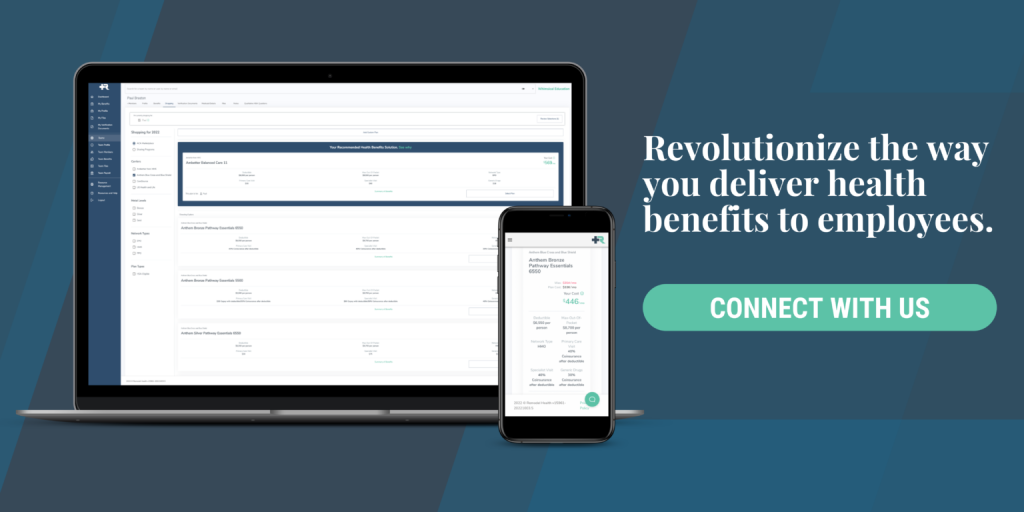
Choosing the right health insurance plan for yourself or your employees can be a complex and daunting task. With a multitude of options, coverage levels, and benefits to consider, it is crucial to make informed decisions that best suit the needs of the individuals and families relying on the plan. In this blog post, we’ll explore the best practices for selecting and designing health insurance plans that provide the most value, protection, and peace of mind.
1. Assess the Needs of the Plan Members
The first step in selecting a health insurance plan is to thoroughly assess the needs of the plan members. This includes considering factors such as age, health status, pre-existing conditions, family size, and lifestyle habits. By understanding the unique needs of the individuals covered by the plan, you can make better-informed decisions about the type of coverage and benefits that are most appropriate.
2. Compare Plans and Networks
With a clear understanding of the plan members’ needs, the next step is to compare the available health insurance plans and provider networks. Look for plans that offer a wide range of services, including preventive care, hospitalization, and specialist visits. Additionally, consider the size and quality of the provider network, as this can significantly impact the accessibility and convenience of care.

3. Evaluate Cost-Sharing Structures
When comparing health insurance plans, it is essential to carefully evaluate the cost-sharing structures, including deductibles, copayments, and out-of-pocket maximums. These factors can significantly impact the overall cost of the plan for both the employer and the plan members. Strive to strike a balance between affordable premiums and manageable out-of-pocket expenses, keeping in mind the financial capabilities and needs of the individuals covered by the plan.
4. Consider Additional Benefits and Programs
Beyond the core coverage components, many health insurance plans offer additional benefits and programs designed to improve the overall health and well-being of plan members. Examples include wellness programs, mental health services, and telemedicine options. Evaluate these offerings and consider their relevance and value to the plan members when making your selection.
5. Customize Plan Design for Flexibility
One size does not fit all when it comes to health insurance. Consider customizing the plan design to offer more flexibility and choice to plan members. This can include offering tiered plan options with varying levels of coverage or allowing employees to choose between different types of plans, such as HMOs, PPOs, or high-deductible health plans paired with health savings accounts (HSAs).
6. Provide Clear and Comprehensive Communication
When introducing a new health insurance plan or making changes to an existing one, clear and comprehensive communication is essential. Ensure that plan members fully understand their coverage options, the cost-sharing structures, and any additional benefits or programs available to them. This can be achieved through employee meetings, webinars, informational materials, or one-on-one consultations with HR or benefits specialists. It is for this very reason that Remodel Health’s team of licensed health benefits experts walk alongside all employees when making the transition to Remodel Health products.
7. Regularly Review and Update the Plan
Healthcare needs and the insurance market can change over time, making it important to regularly review and update your health insurance plan. Periodically assess the plan’s performance, plan member satisfaction, and any changes in the healthcare landscape that may impact the coverage or costs. This will help ensure that your health insurance plan remains relevant and effective and provides the best possible value to the plan members.
Selecting and designing the right health insurance plan is a critical responsibility for individuals, families, and employers. By assessing the needs of the plan members, comparing available options, evaluating cost-sharing structures, considering additional benefits, customizing plan designs for flexibility, communicating clearly, and regularly reviewing the plan, you can make informed decisions that provide comprehensive coverage and peace of mind. Navigating the maze of health insurance can be challenging, but with these best practices in mind, you’ll be well-equipped to make the best choices for yourself and those relying on the plan.
Want to utilize these best practices with the help of an expert team? Connect with us!

Important Notice: Remodel Health does not intend to provide specific insurance, legal, or tax advice. Remodel Health always recommends consulting with your own professional representation to properly evaluate the information presented and its appropriate application to your particular situation.
